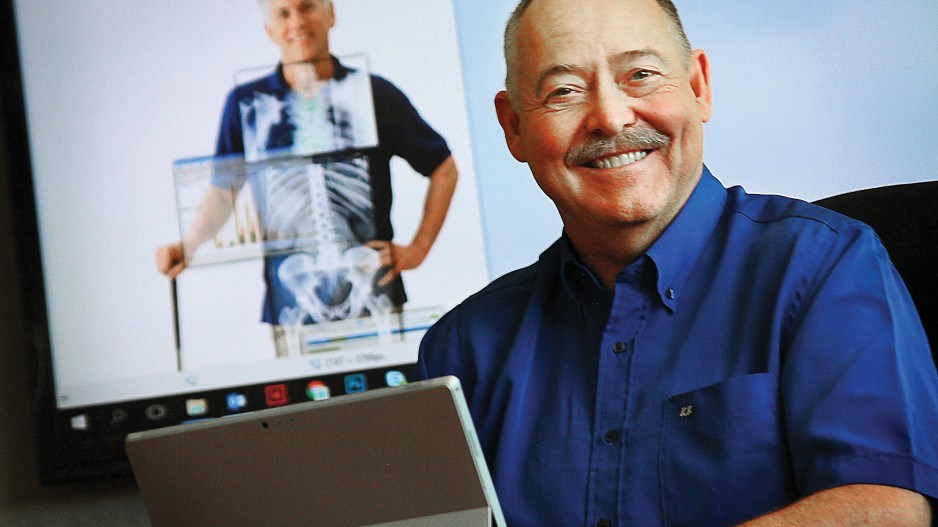When U.S. President Barack Obama was elected in 2008, one of his main campaign pledges was to improve health care for Americans. The Patient Protection and Affordable Care Act, more commonly known as Obamacare, became law in March 2010. Since then the statute has been heavily debated and scrutinized, but some of the proxy benefits have extended all the way to Vancouver’s burgeoning health-care technology sector.
Len Grenier, who became Equicare Health’s president and chief executive officer in 2006 when the company officially relaunched, initially had to steer the firm through some murky waters. Equicare, which focuses on care co-ordination and oncology patient management software – brought a product to market during the economic recession, but now with expanded medical coverage across the U.S., the Vancouver-based company is reaping the benefits.
“Obamacare [helped] us is in the EHR [emergency health records] incentive program, part of the HITECH Act,” Grenier said.
He added that when HITECH (the Health Information Technology for Economic and Clinical Health Act) was introduced in 2009, it spurred hospitals across the U.S. to adopt electronic health records. “That allowed us to bolt into and supplement existing patient oncology systems already in the market,” he said.
Equicare’s Active Patient Portal app, a portal designed for oncology patients, gives patients and family members of seniors access to key medical information through a standard web browser.
Equicare, which does most of its business in the U.S., also has clients in Canada, the U.K. and Australia. Experts at National Jewish Health (NJH), a leading respiratory hospital in Denver, Colorado, weigh in on the coordination of care in lung cancer screening programs.
James Woodrow, an assistant professor with the division of pulmonary, critical care and sleep medicine at the hospital, said education and affordability are paramount when it comes to bringing new technology into market.
“Next to building awareness amongst primary care physicians, cost-effectiveness is the biggest issue facing the success of lung screening programs.”
Debra Dyer, director of the lung cancer screening program and chairwoman of NJH’s department of radiology, added that medical tech applications also let doctors keep tabs on patients who might have issues when it comes to keeping up with screening.
“If you’re going to do screening, you own these patients. You have a responsibility to track them and get them back in for followup.”
Grenier said the goal is to integrate technology into the screening process seamlessly, which allows for more proactive disease management.
“The lung cancer survival rate is about 17.5%, which is pretty horrible, but that’s because those patients are primarily not identified until that cancer has often spread throughout their body, making it very difficult to treat. If you catch it early on while it’s still localized in the lung, the five-year survival rate increases to about 54%.”




